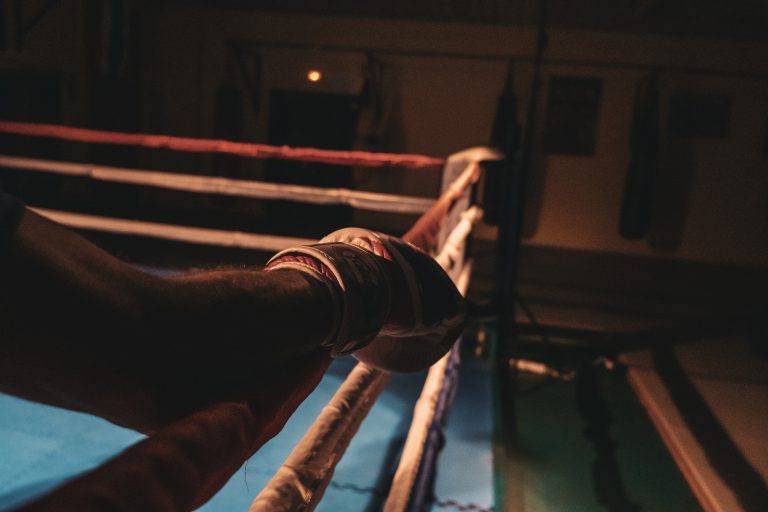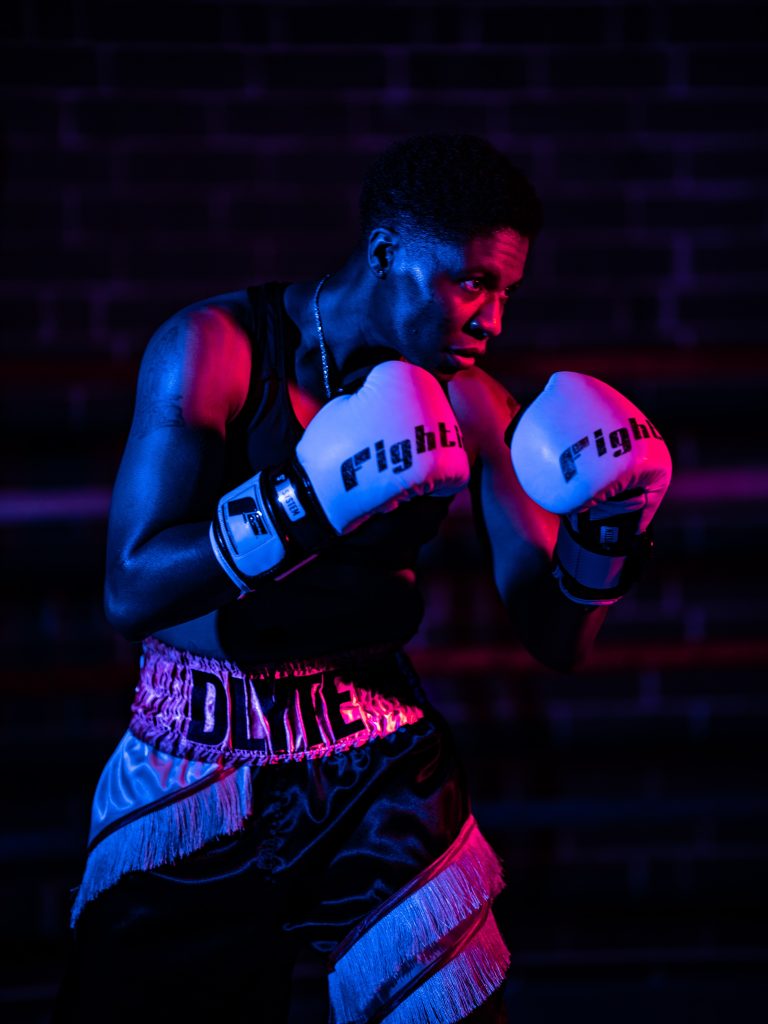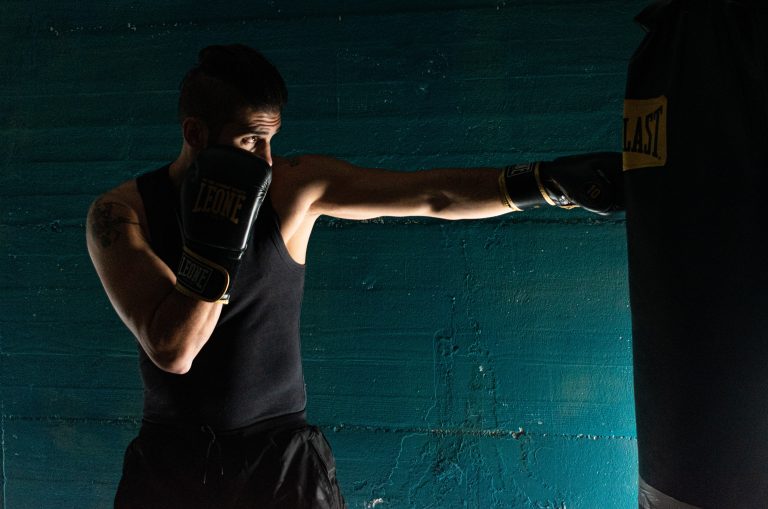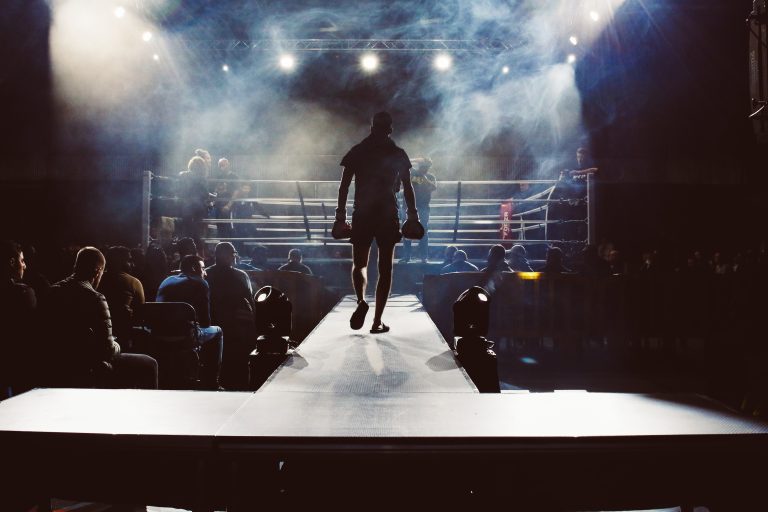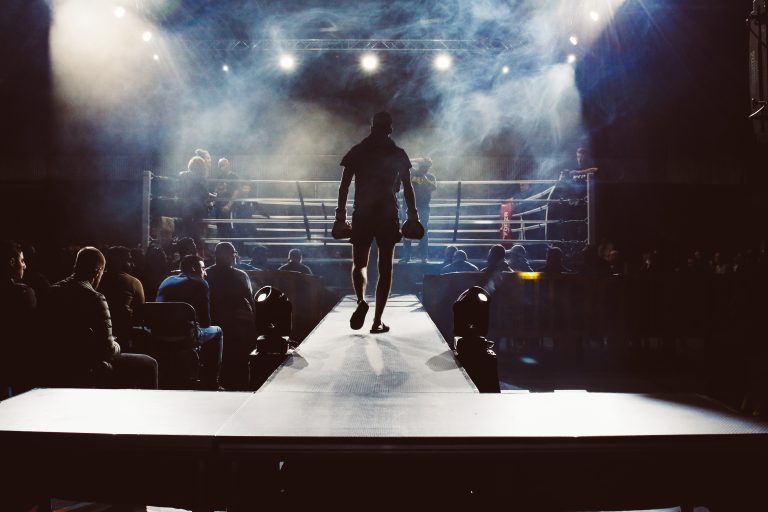Do You Need to Be Flexible for Karate?
Karate, which translates to „empty hands,“ is a martial art that originated from Okinawa, Japan. It is practiced for various reasons, including self-defense, physical fitness, building character, and spiritual development. It is an excellent way to improve strength, flexibility, agility, and endurance. However, many people wonder if flexibility is a requirement for practicing karate. In this blog post, we will explore the importance of flexibility in karate and whether or not you need to be flexible to practice it.
Understanding Flexibility
Flexibility refers to the ability of a joint to move through its full range of motion (ROM). A flexible person is an individual who can move their joints freely without any discomfort or pain. Flexibility is influenced by many factors, including genetics, age, gender, physical activity, and lifestyle choices. Regular stretching increases flexibility, improves mobility, and reduces the risk of injury.
The Importance of Flexibility in Karate
In karate, flexibility is incredibly essential, as many techniques require a greater range of motion to perform properly. For instance, high kicks, such as the front kick, roundhouse kick, and sidekick, require a high degree of hip and leg flexibility. A flexible martial artist can execute these kicks with grace and power, whereas someone with limited flexibility will struggle and possibly injure themselves.
Moreover, flexibility is crucial for kata, a choreographed sequence of movements that simulates a combat situation against multiple imaginary opponents. Kata forms are designed to enhance speed, balance, coordination, and precision, and perform specific movements with a high degree of accuracy. Moreover, high-level kata competitors often incorporate acrobatic elements into their routines, requiring significant flexibility to execute them correctly.
Can You Learn Karate Without Being Flexible?
Yes, you can learn karate without being flexible. However, your progress will be hindered, and you will face many challenges. While you may be able to execute some techniques, such as punches and low kicks, without good flexibility, you will struggle with the more advanced techniques that require a greater degree of flexibility. You may face a greater risk of injury and may have difficulty adapting to different training styles.
That said, an inflexible person can develop their flexibility over time by incorporating regular stretching exercises into their training routines. A dedicated effort towards flexibility training will significantly improve your performance in karate, allowing you to execute techniques with precision and fluidity.
Flexibility Training for Karate
There are several ways to improve flexibility in karate. The most effective method is through regular stretching exercises. The following stretches are some of the most common stretches used in karate:
- Leg Swing – helps improve hip flexibility
- Butterfly Stretch – targets the hips and groin muscles
- Hamstring Stretch – stretches the back of the legs
- Quad Stretch – stretches the front of the leg
- Spinal Twist – improves spine mobility and flexibility
- Shoulder Stretch – increases shoulder joint mobility
It’s essential to note that stretching exercises must be performed correctly to avoid injury. You should always start with a warm-up, and then gradually increase the intensity of the stretch. Do not force your body beyond its limit, and hold each stretch for 20 to 30 seconds, taking deep breaths to help relax the muscles.
Do You Need to Be Flexible for Karate?
Karate is a physical martial art that requires discipline, focus, and strength. One common question asked by many beginners is whether flexibility is necessary for karate. The short answer is yes, but it is not the only factor that determines your success in the sport. In this blog post, we will dive deep into this question and provide comprehensive answers that could help you decide if karate is right for you.
What is flexibility?
Before we start discussing if you need flexibility for karate, let’s define flexibility. Flexibility is the range of motion of your joints and muscles. It is the ability to move your body freely and easily without experiencing any discomfort or pain. Flexibility could be improved in various ways, including stretching, yoga, or other types of exercises.
Why is flexibility important in Karate?
Karate involves various movements and techniques that require flexibility. For example, kicking and punching require the ability to move your legs and arms freely and comfortably. Flexibility enables you to generate more powerful strikes, helps to prevent injuries, and improves your overall performance in the sport.
How does flexibility affect your karate performance?
Flexibility affects your karate performance in several ways. For instance, it could enable you to execute high, powerful kicks with ease, which could surprise your opponent or knock them out. Additionally, being flexible could help prevent injuries during training or competition, as it allows you to move smoothly without straining your muscles or joints.
Can you learn flexibility?
Yes, anyone can learn and improve their flexibility. While some people might be naturally flexible, it is possible to become more flexible through regular training and exercises. Stretching before and after karate training could help increase your range of motion, while also preventing muscle soreness or injury.
How much flexibility is needed for karate?
The amount of flexibility needed for karate depends on various factors, including your age, body type, and skill level. For beginners, possessing a basic level of flexibility could be helpful to perform some of the fundamental techniques. However, as you progress through the ranks and learn more advanced techniques, your need for flexibility will increase.
What are some tips for improving flexibility for karate?
If you are interested in karate but feel like your flexibility is not up to par, here are some tips that could help you improve:
- Stretch regularly, and make it a part of your daily routine
- Practice yoga, which could improve your flexibility and overall body control
- Include dynamic stretching exercises as part of your warm-up routine before karate training
- Avoid overstretching or pushing your body beyond its limits, as it could lead to injury
- Work on strengthening your core muscles, as it could help support your spine and improve your overall balance and stability
Do You Need to be Flexible for Karate?
Karate is a martial art that originated in Okinawa, Japan. While it includes strikes, kicks, and punches as part of its curriculum, Karate is also known for its emphasis on flexibility. While some people may wonder whether they need to be flexible to practice Karate, the short answer is yes. In this blog post, we will look at why flexibility is essential in karate and how you can improve your flexibility to become a better martial artist.
Why is Flexibility Important in Karate?
One of the most important reasons you need to be flexible in karate is to improve your range of motion. A wide range of motion allows you to perform all karate moves with precision and in proper form. This precision and proper form are crucial for successful execution of your techniques, where even a small mistake or improperly delivered strike can lead to injury.
Furthermore, flexibility in karate goes beyond just range of motion. It also plays a crucial role in injury prevention. When you are more flexible, you increase your ability to absorb impact and reduce the likelihood of muscle strains and sprains by allowing your muscles to stretch and move properly.
How to Improve your Flexibility for Karate
While some people may be more naturally flexible than others, everyone can improve their flexibility with proper training and technique. Here are some tips to help you improve your flexibility for karate:
1. Regular Stretching
Stretching is one of the most effective methods to improve your flexibility. However, you don’t have to spend hours stretching to see results. Even 10 minutes of daily stretching can help you become more flexible over time. There are many types of stretching that can be beneficial, such as static stretching, dynamic stretching, and PNF stretching, among others.
2. Yoga
Yoga can also help you improve your flexibility. Yoga poses such as downward dog, forward fold, and pigeon pose, among others, can help you stretch your muscles and improve your flexibility over time.
3. Foam Roller Exercises
Foam rollers can be a useful tool in improving your flexibility. By rolling your muscles over a foam roller, you can help loosen up tight or sore spots in your muscles and fascia, which in turn can help improve your flexibility. Foam roller exercises can be especially beneficial for tight areas such as the lower back or hips.
4. Cardiovascular Exercise
Cardiovascular exercise such as running can also help improve your flexibility over time. Aerobic exercise increases blood flow to your muscles, which can lead to improved flexibility.
5. Consistency
Whatever method you choose to improve your flexibility for karate, consistency in your training is crucial. Improving your flexibility takes time, so it is essential to stick with your training over the long term to see results.
Conclusion
In conclusion, flexibility is essential in karate, as it helps improve your range of motion, prevents injuries, and allows you to perform techniques in proper form. By incorporating regular stretching, yoga, foam roller exercises, cardiovascular exercise, and consistency into your training, you can improve your flexibility for karate and become a better martial artist.
Inhaltsverzeichnis


